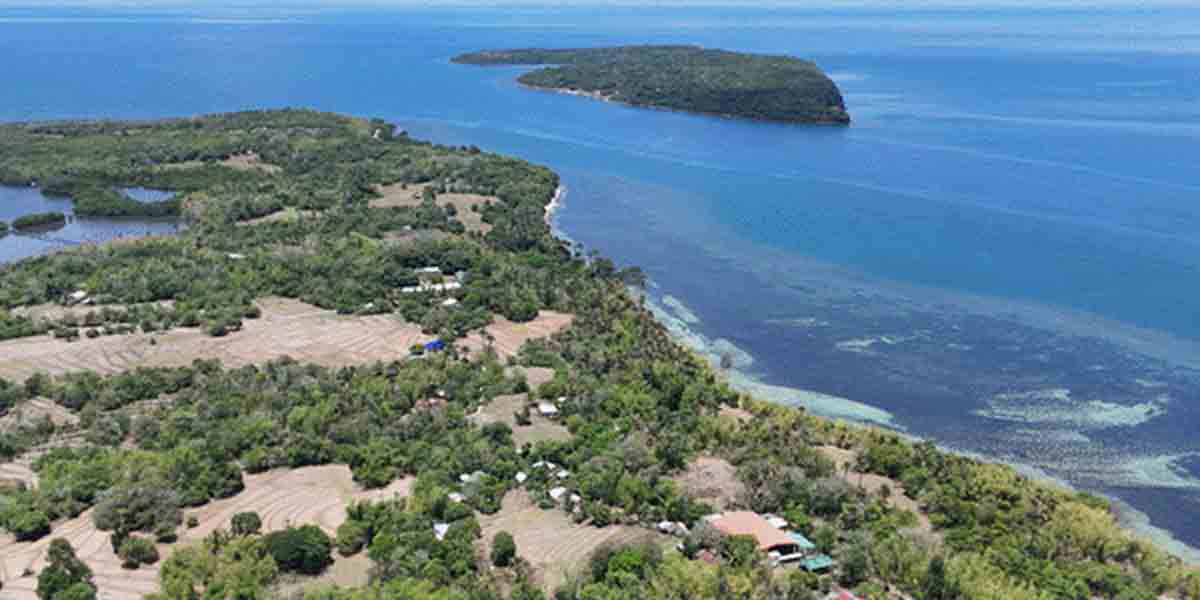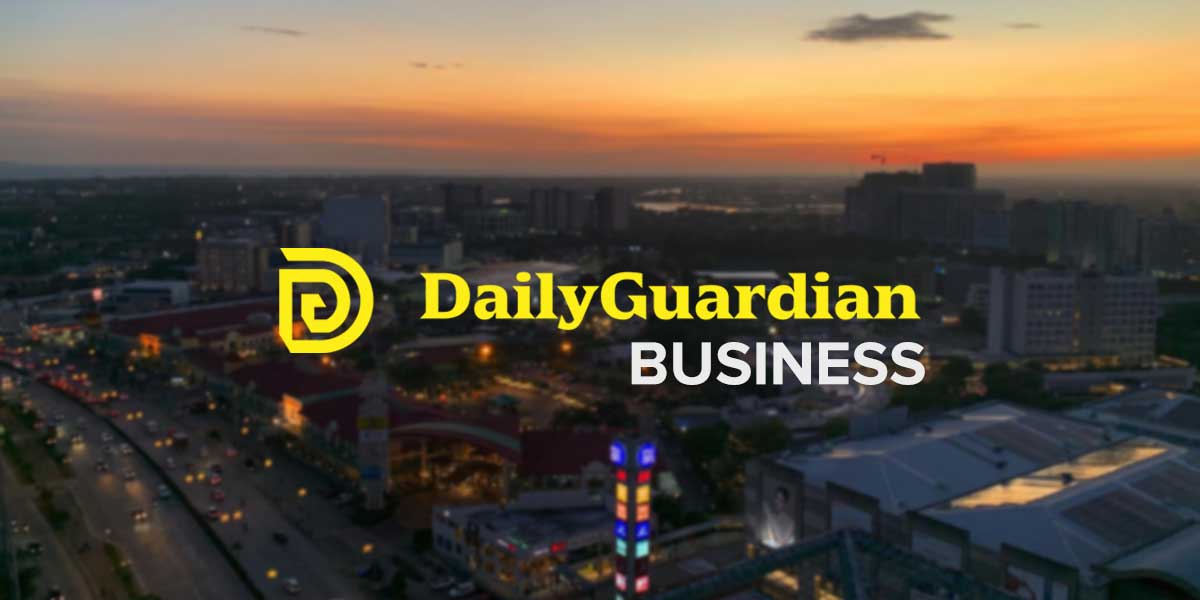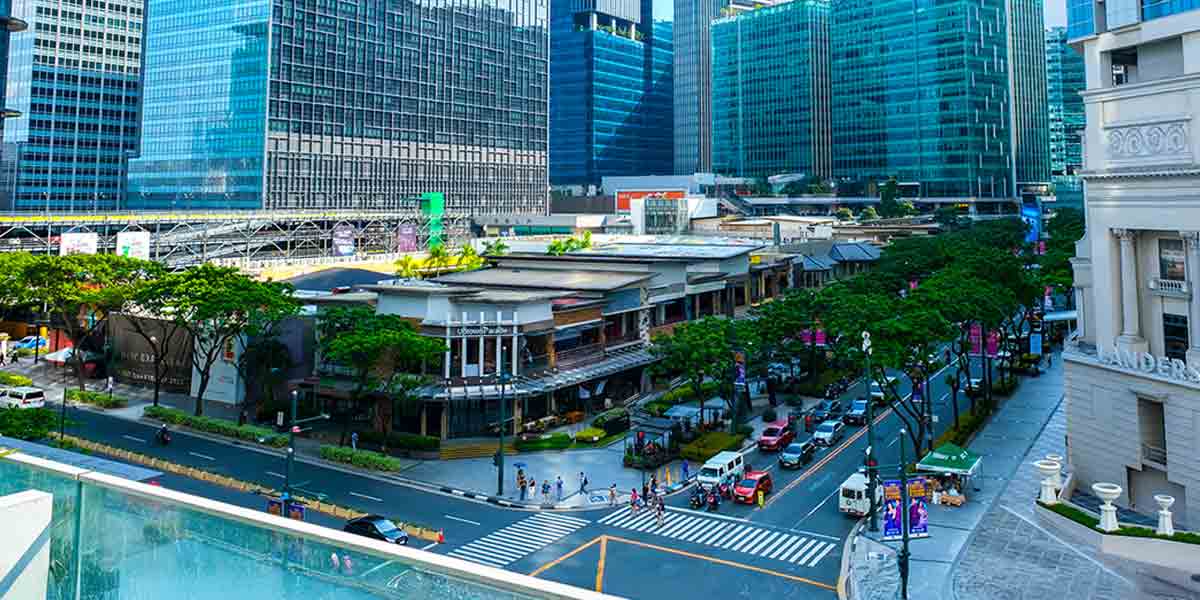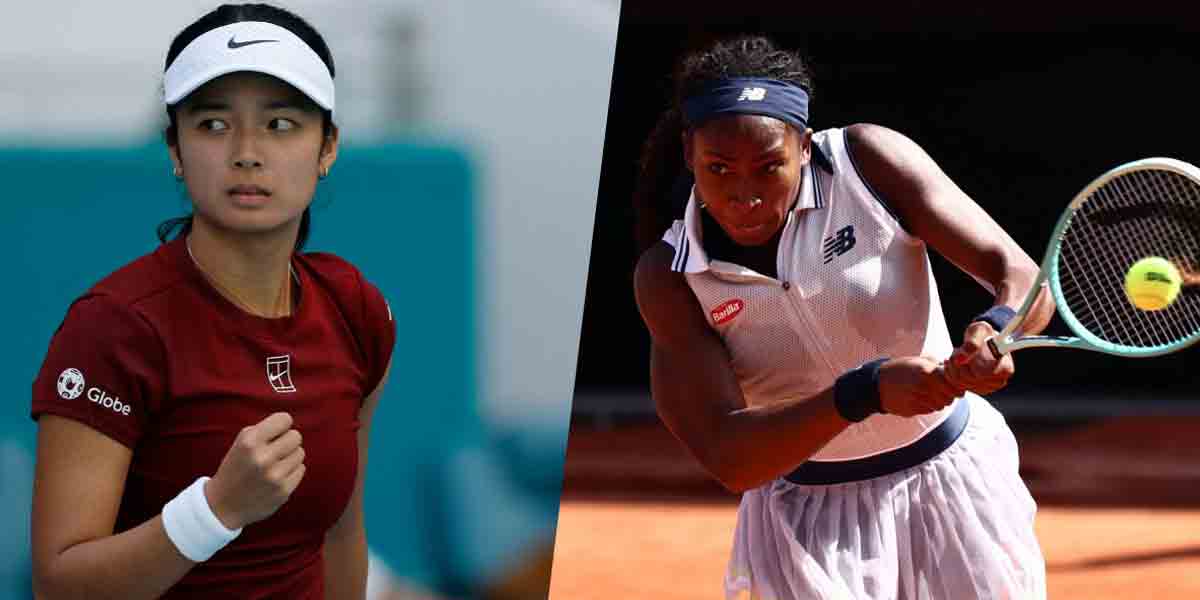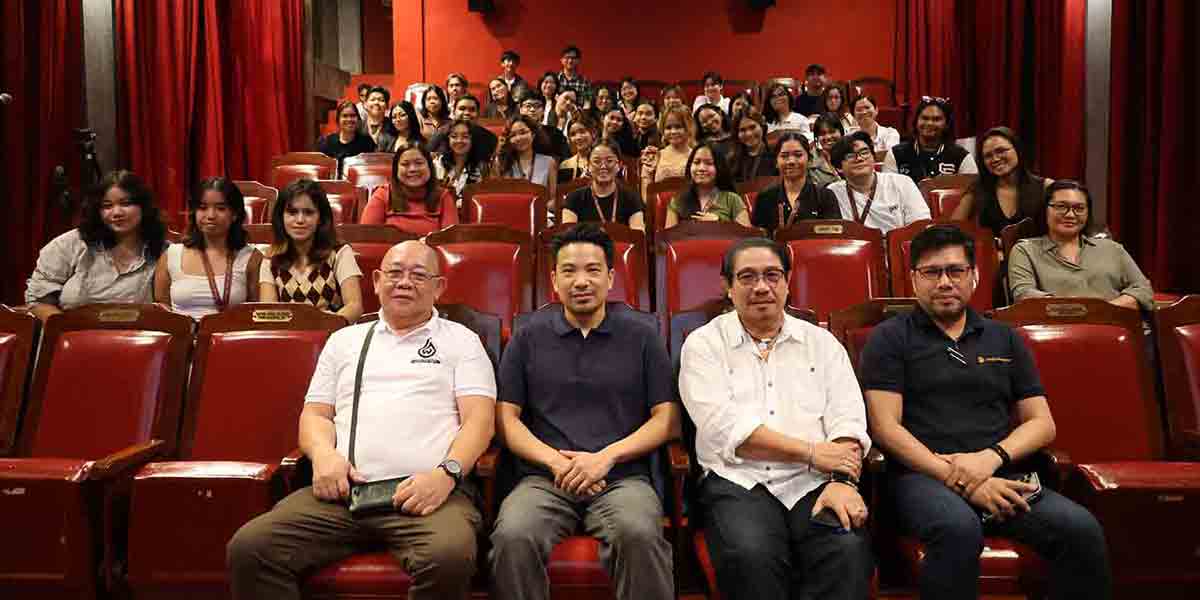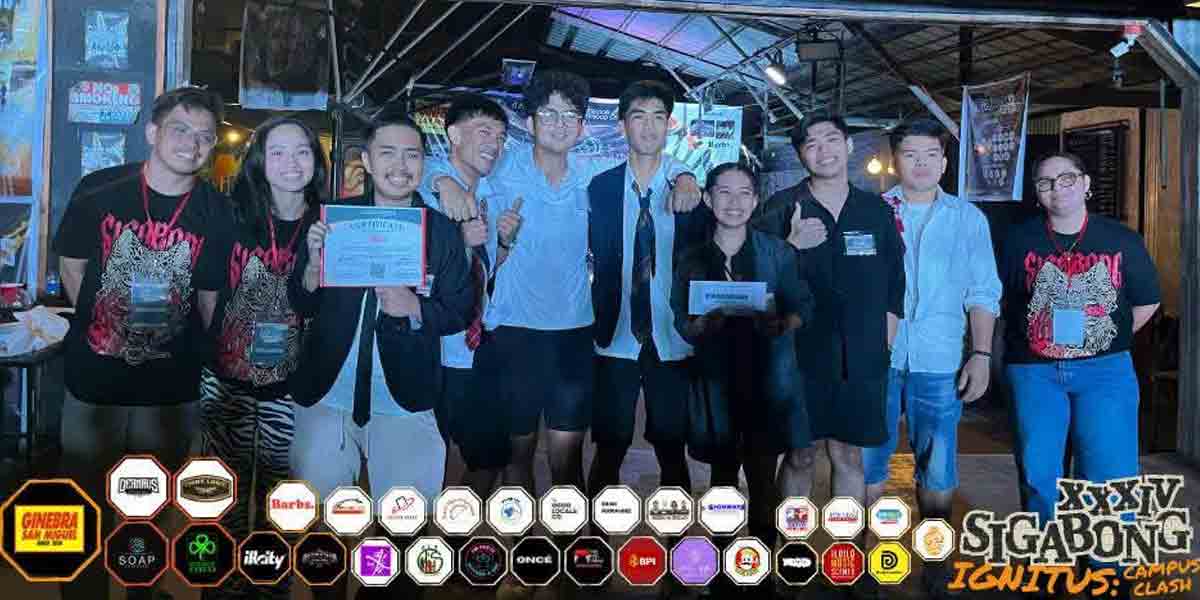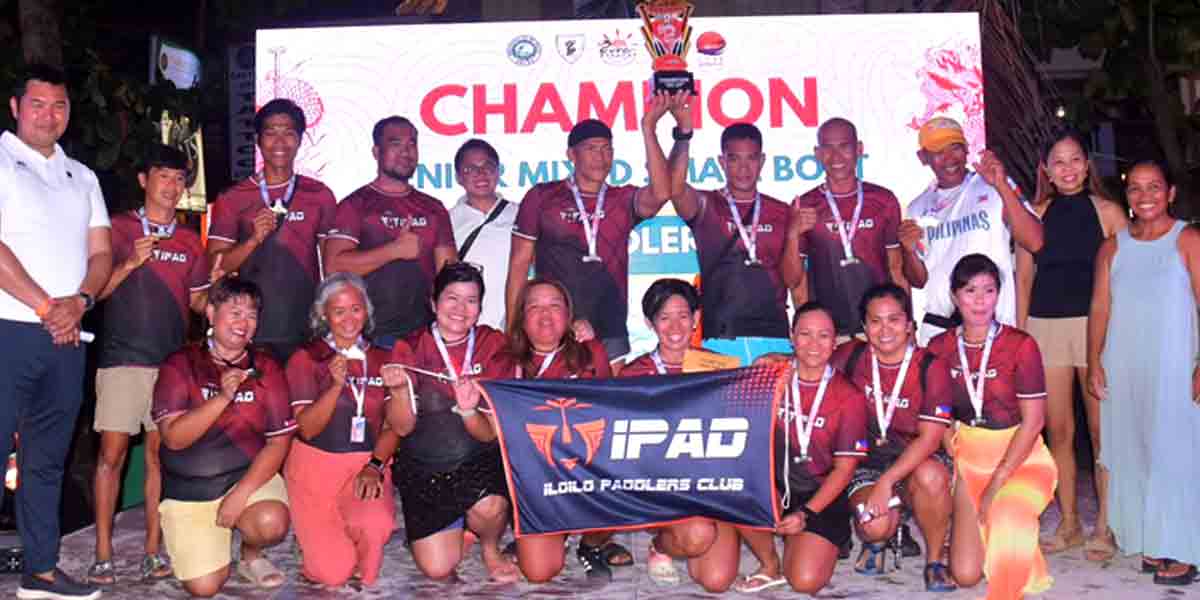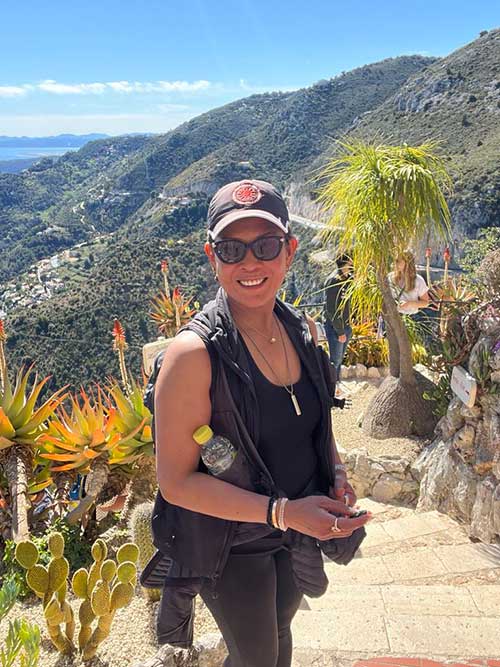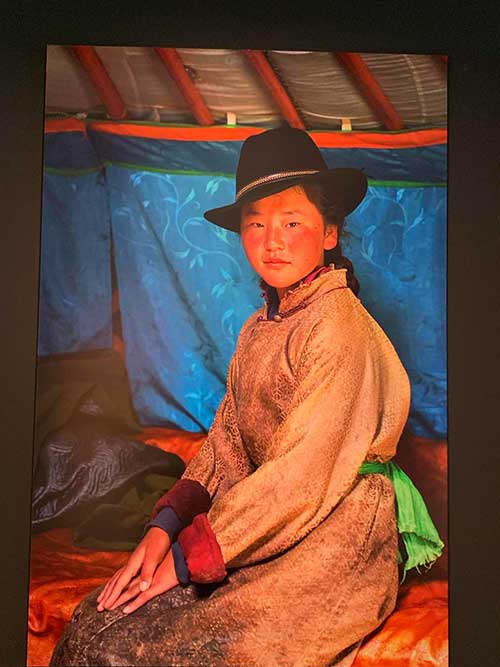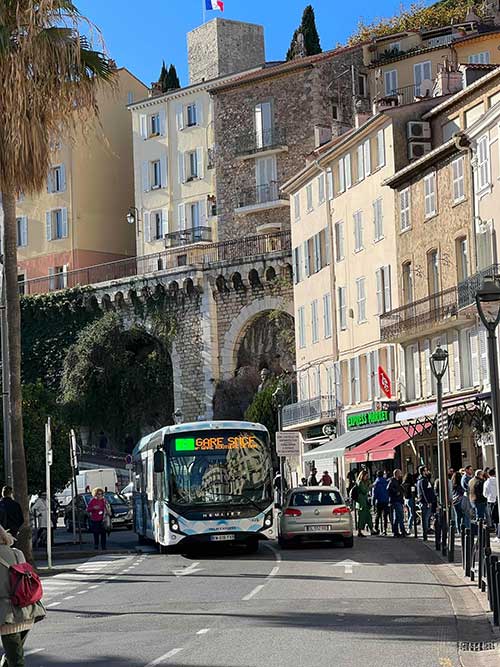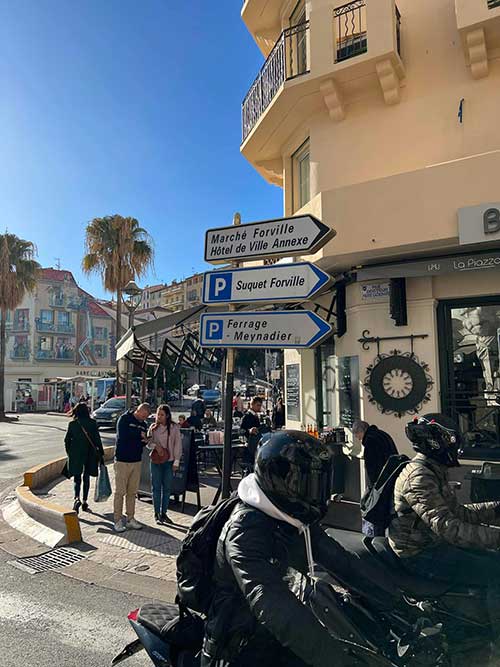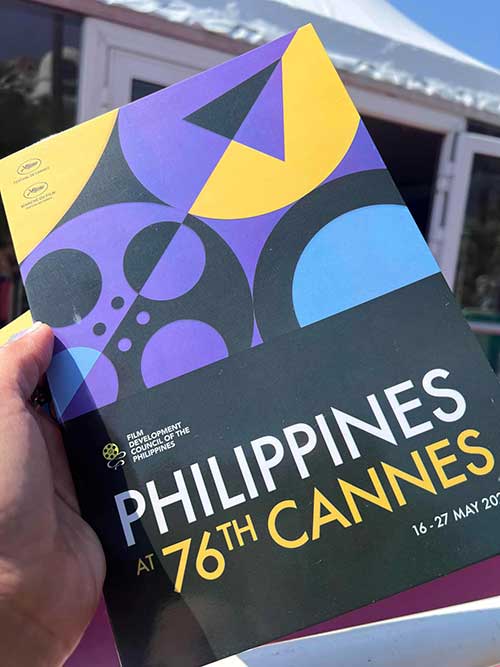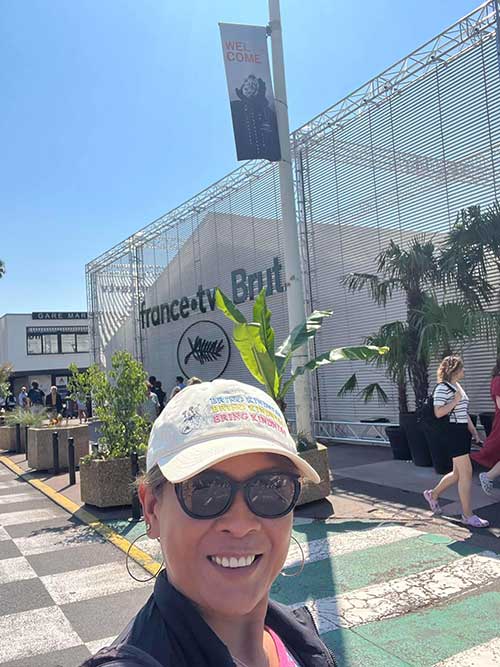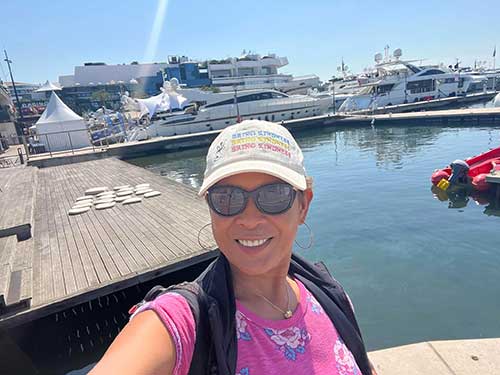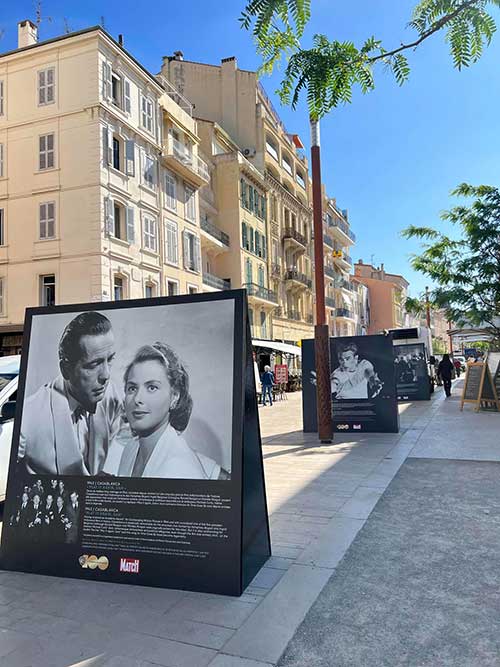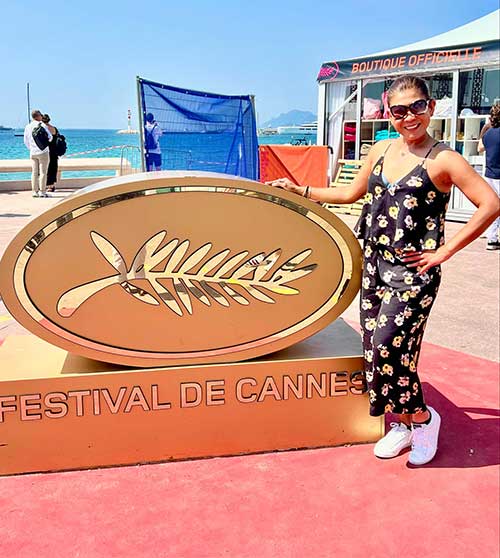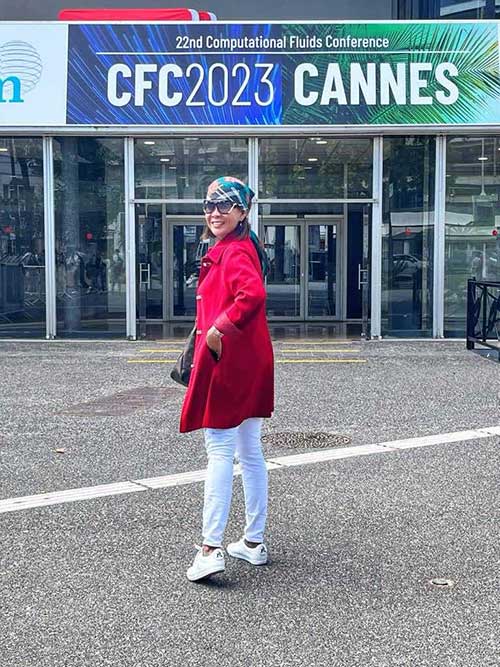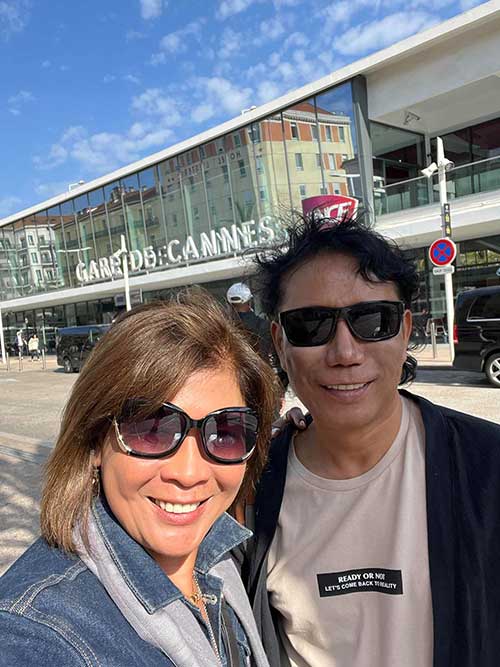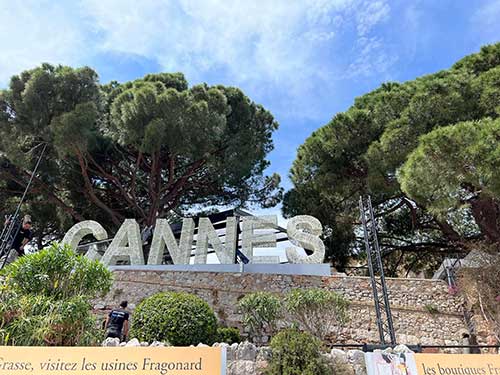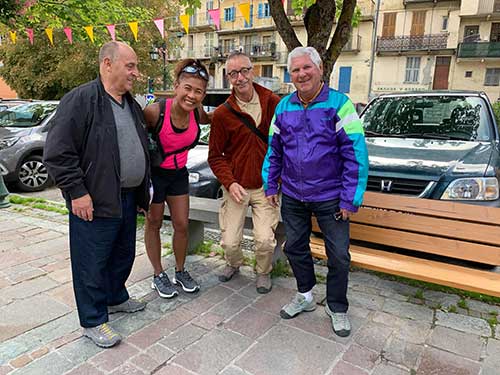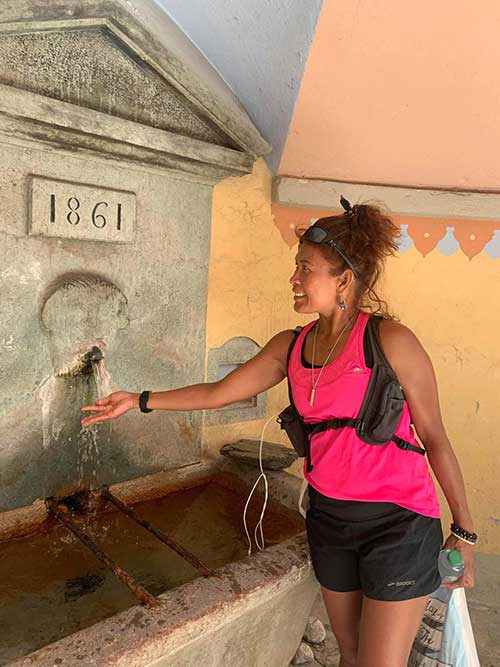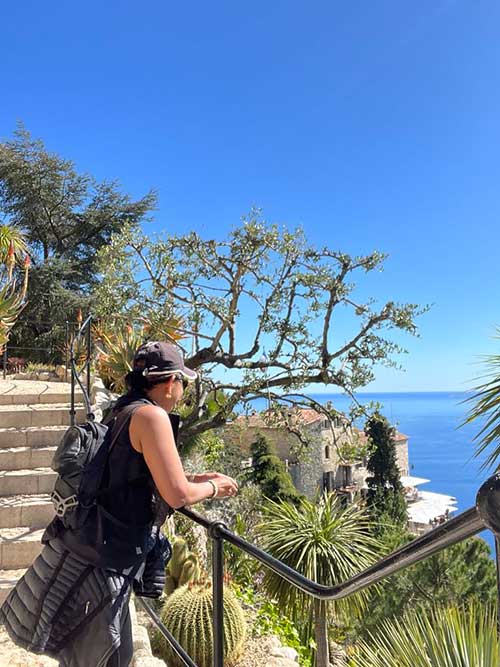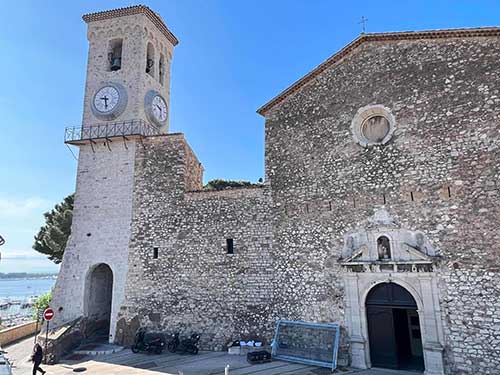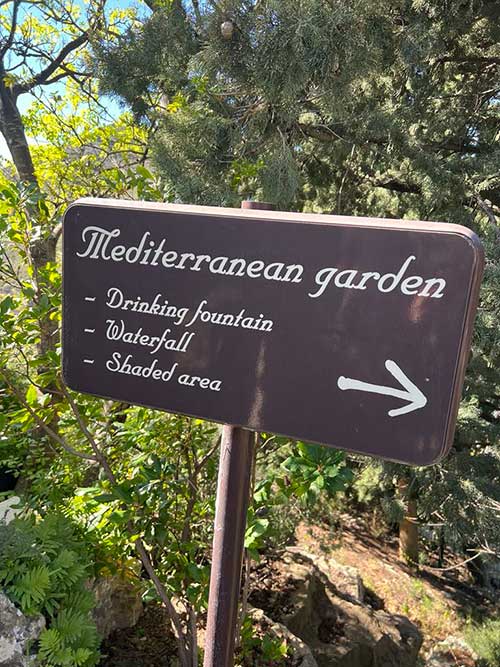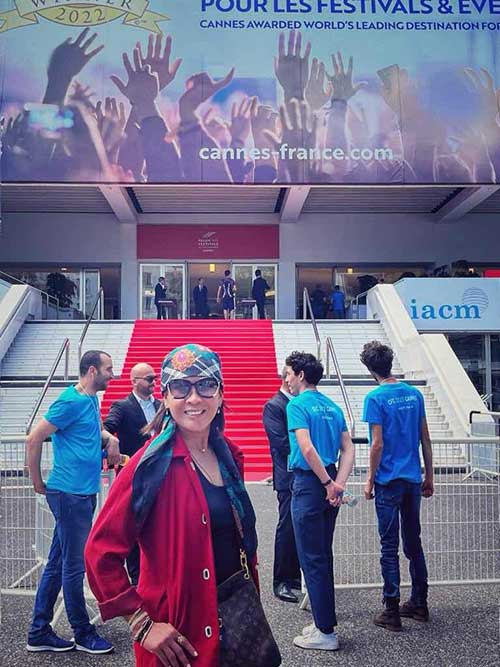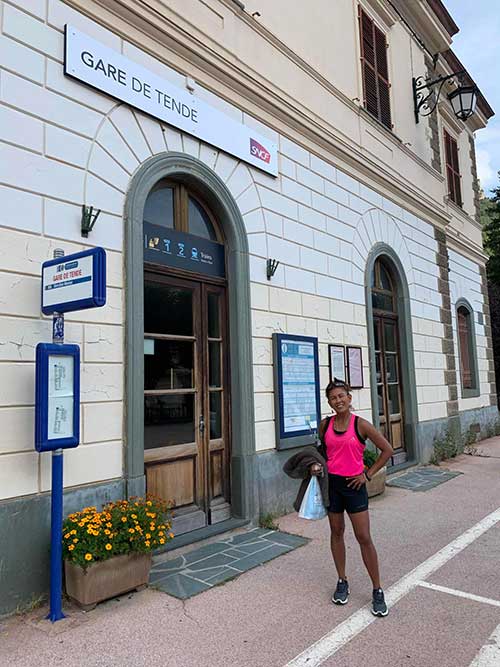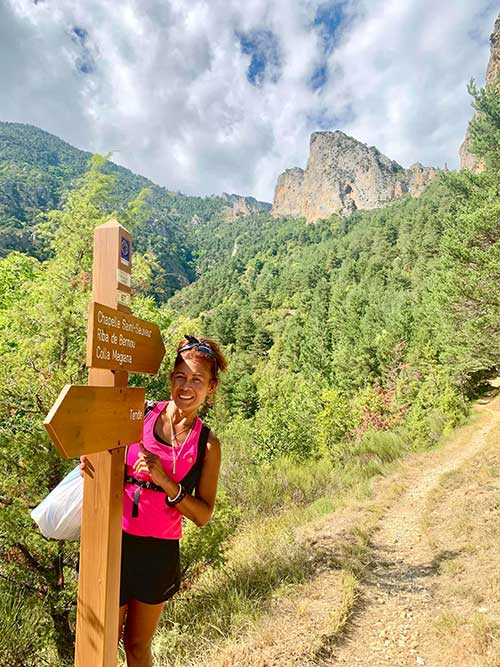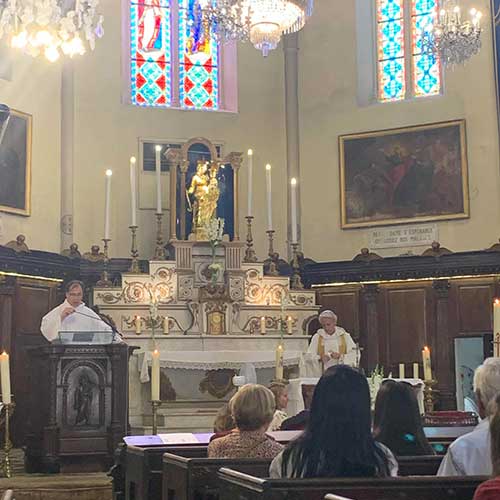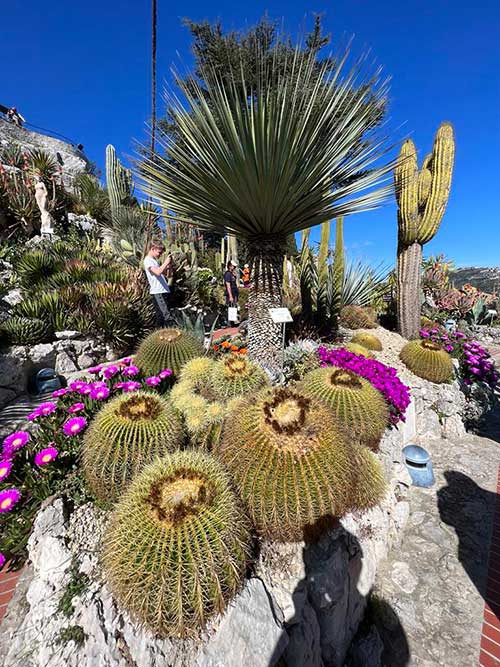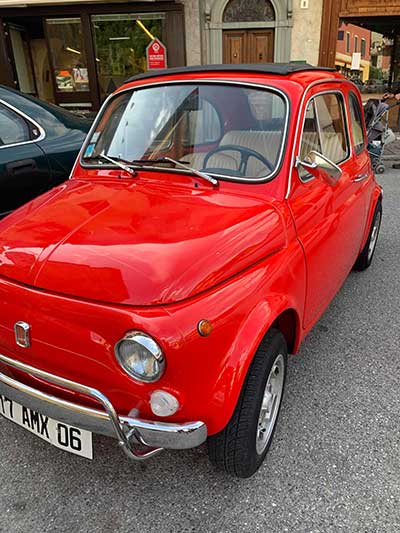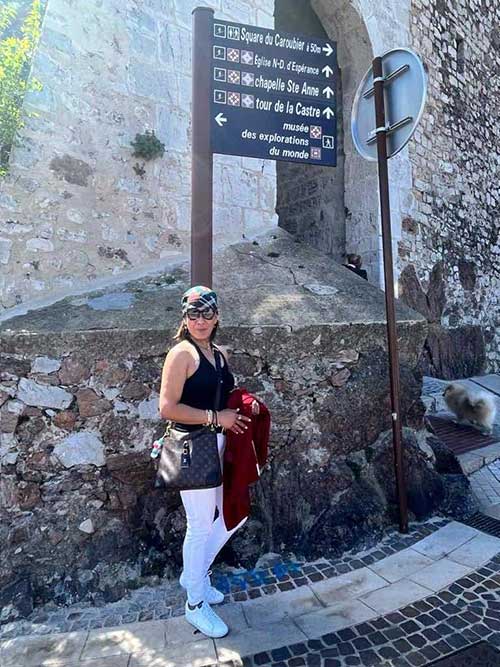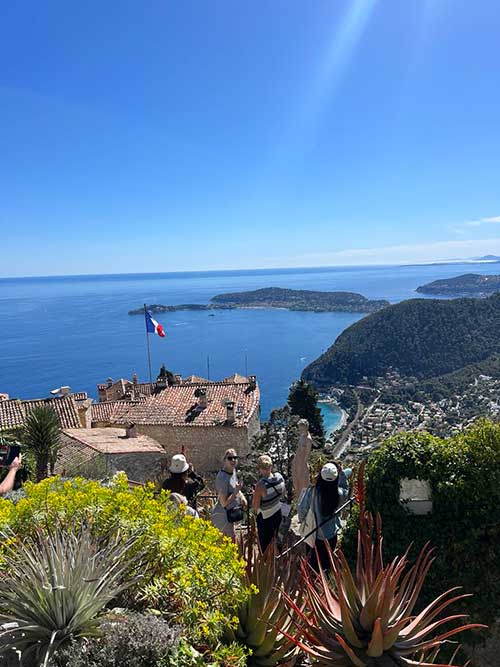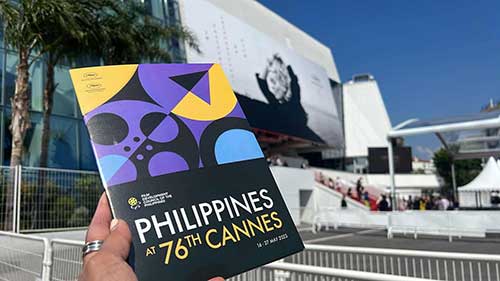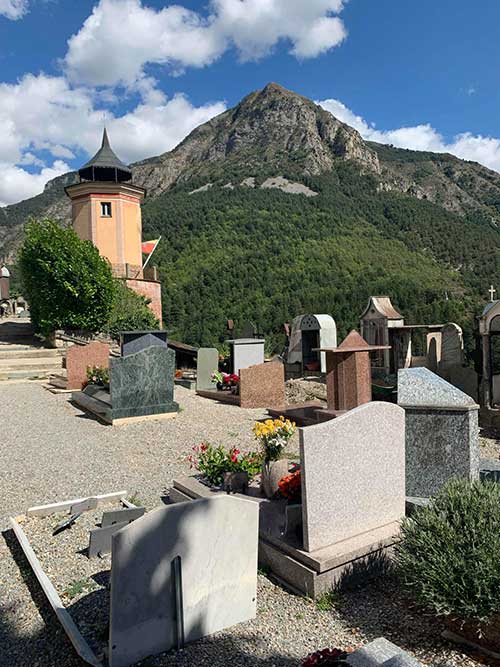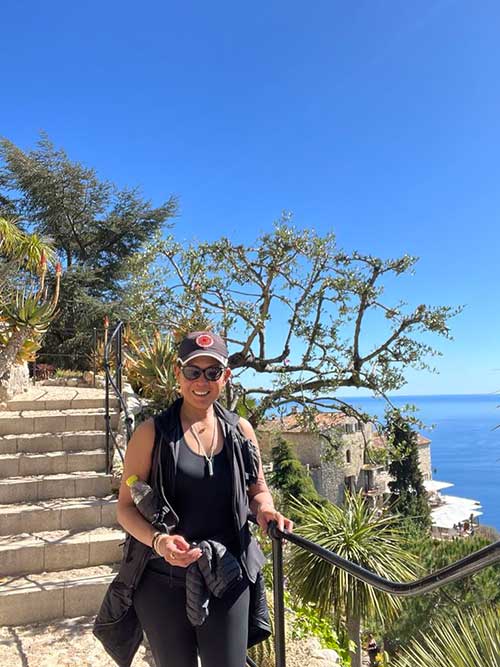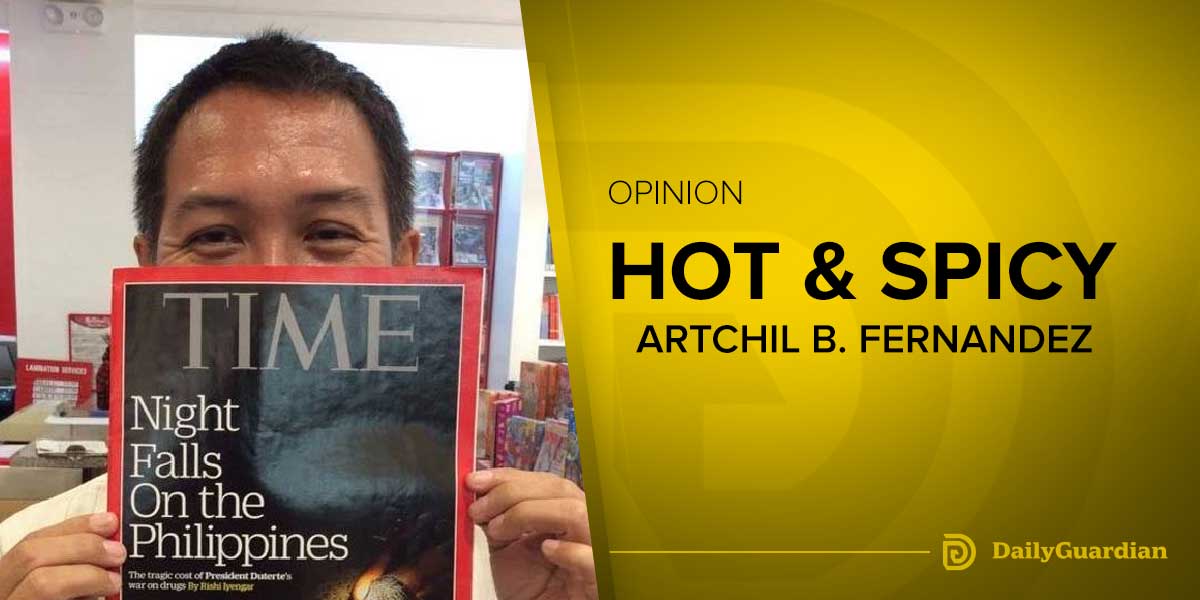By Romyleen B. Mitra, International Correspondent
Let me tell you about the morning I woke up in Moustiers-Sainte-Marie with a hangover and the realization that I’d accidentally ordered an omelet made with lavender the night before. The village was bathed in golden light, and I was bathed in regret—both for the experimental eggs and for all those years I’d been coming to France only to stay within shouting distance of a Dior boutique.
As Daily Guardian’s U.S.-based correspondent, I’ve spent five consecutive years reporting on the Cannes Film Festival, dutifully cataloging celebrity sightings like a birdwatcher with a particularly expensive species list. But this year, after watching my fifth starlet pretend to be surprised by a standing ovation, I made a radical decision: to see what happens in France when no one’s holding a clipboard or wearing sunglasses indoors.
The Shadow of Cannes
Don’t get me wrong—Cannes has its charms. During the festival, it’s essentially the world’s most glamorous high school, complete with popularity contests and people desperately trying to sit at the cool kids’ table.
My favorite ritual, however, unfolds far from the red carpet. Each morning, I escape to La Tropezianne in Suquet Forville for espresso. I sit among actual French people—a species rarely spotted on La Croisette—watching locals haggle over fish so fresh it’s practically texting its underwater friends goodbye.
Afterward, I tackle the steep climb to Église Notre-Dame d’Espérance, a workout that my American trainer would charge $200 for back home. At the top is my secret spot with a view of Cannes that makes even jaded locals sigh dramatically. No VIP pass needed—just functioning lungs and a willingness to sweat through your designer blouse.
But venture just thirty minutes inland, and suddenly France starts getting real. And by real, I mean people stop air-kissing and start actually putting food in their mouths during meals.
The Verdon’s Emerald Promise
The Verdon Gorge is what would happen if Mother Nature decided to one-up the Grand Canyon but make it more European—narrower, deeper, and somehow more opinionated about cheese. The roads alongside it were clearly designed by someone with a death wish and extremely confident parallel parking skills.
Unlike American national parks, there are no signs warning you not to feed the wildlife or reminding you that taking selfies near cliff edges is a terrible life choice. The French assume you have enough common sense not to tumble into a ravine while trying to get the perfect Instagram. It’s refreshing to be treated like an adult, even if it means occasionally watching tourists reconsider their life choices halfway down a particularly steep hiking trail.
I stayed in Castellane in a converted olive mill where the owner, Elise, served breakfast with homemade preserves and judgment-free advice. “Americans,” she explained while pouring coffee strong enough to wake the dead, “think they’ve seen Provence because they bought lavender soap at the Nice airport.”
I nodded sagely, hiding the three bars of said soap in my tote bag.
Tende: The Forgotten Frontier
If Tende were a person, it would be that cool, slightly eccentric relative who speaks multiple languages and has fascinating stories but never posts on social media. Only becoming officially French in 1947, it sits in the Maritime Alps like a stubborn mule that refuses to acknowledge it’s no longer in Italy.
The streets are so steep and narrow that I developed calf muscles I didn’t know existed just walking to dinner. At the Auberge du Roy, the owner Martine served me ravioli with wild herbs that tasted like it was prepared by someone’s grandmother—if that grandmother had been casually cooking for three generations while casually straddling two cultures.
“Americans never find us,” she said, topping off my wine glass without asking, which immediately made her my favorite person in France.
“But what about the tourists who want luxury hotels?” I asked.
She laughed so hard she nearly spilled my wine. “We send them back to Nice. With directions to the nearest Marriott.”
Later, she poured me a génépi liqueur that tasted like Christmas trees and bad decisions. I promised to only send travelers her way who could appreciate both.
The Camargue’s Wild Heart
The Camargue is where France decided to get weird. White horses gallop through marshes, pink flamingos strike poses better than any Cannes starlet, and mosquitoes the size of small aircraft carry out coordinated attacks on unsuspecting tourists.
In Saintes-Maries-de-la-Mer, I stayed in a guesthouse where the owner warned me about the mistral wind with the gravity usually reserved for announcing tax audits. The legendary northerly blast apparently drives people mad, which explains why I spent one afternoon convinced a wild horse was judging my outfit choices.
On a dawn horseback ride through the wetlands, my guide Maurice pointed out a family of wild boars. “In America, you have drive-through fast food,” he said proudly. “Here, we have run-through fast food.”
When I asked if the Camargue was the real France, Maurice looked at me like I’d suggested the Eiffel Tower was just a large paperclip. “There is no ‘real France,'” he explained. “There is only the France that tourists see, and the France where we actually live our lives.”
The Napoleon Route: A Bond-Worthy Adventure
Before reaching Èze, I treated myself to what might be the most cinematic drive in all of France—the legendary Route Napoléon. This historic stretch follows Emperor Napoleon’s path from Elba to Grenoble after his escape from exile in 1815. Today, it’s better known to my Filipino readers as the backdrop for that heart-stopping car chase in GoldenEye, where Pierce Brosnan’s Bond in his iconic DB5 pursues a woman in a red Ferrari.
I didn’t have a DB12 Aston Martin or a Ferrari at my disposal but my BMW X6 rental felt glamorous as I hugged those hairpin turns. The six-hour journey from the Alps to Monaco transformed me into the star of my own action film—minus the gunfire and plus several stops for espresso and photos.
“Filipinos always mention the Bond chase when they come here,” laughed Michel, who runs a roadside café along the route. “They know this road better than some locals!” It’s true—we Pinoys have a special appreciation for this dramatic landscape, having watched it serve as the playground for 007’s vehicular acrobatics countless times.
Èze: The Exotic Garden in the Sky
My final stop was Èze, a medieval village perched so high above the Mediterranean that you half expect to need oxygen tanks to reach it. Its exotic garden clings to cliffsides with the determination of someone who’s found prime real estate and refuses to let go, despite all geological common sense.
“Most visitors stay fifteen minutes,” grumbled Claude, the elderly gardener who has probably forgotten more about succulents than most Instagram plant influencers will ever know. “Just enough time to take selfies and complain about the climb.”
Taking his implied challenge, I spent an entire afternoon on a single bench, watching tourists come and go in waves of increasingly red-faced exhaustion. Between these human tides, I experienced moments of silence so profound I could hear my credit card sobbing quietly in my wallet, traumatized from weeks of French restaurant bills.
As I sat among cacti that have adapted to thrive in seemingly impossible conditions (much like freelance journalists), I realized something: travel writing too often focuses on finding the most Instagrammable spot, the most exclusive experience, or the most elaborate meal involving foam and tweezers. But maybe the true luxury is having the time to sit still long enough to let a place reveal itself to you—preferably while enjoying a glass of rosé that costs less than your monthly streaming subscriptions combined.
The Art of Return
Boarding my flight back to the US, I realized I’d experienced a different kind of French luxury—one not measured in thread counts or Michelin stars, but in conversations with locals who gradually stopped treating me like a walking ATM and started sharing the good gossip.
The psychological distance between America and Europe seems to grow as our cultures accelerate in different directions—ours toward bigger, faster, more, and theirs toward a stubborn insistence that two-hour lunches and August vacations are non-negotiable human rights.
For travelers willing to venture beyond the Riviera’s calculated charms, southern France offers something increasingly rare: the chance to be somewhere that isn’t trying to be anywhere else. No avocado toast, no pumpkin spice, no “curated experiences”—just centuries of people figuring out how to live well while arguing passionately about the correct way to make aioli.
When I return to Cannes for the 78th edition of the renowned festival in May 2025, I’ll still dutifully report on who wore what and who snubbed whom. But now I know what awaits just beyond the velvet ropes—a France that doesn’t need celebrities to make it interesting or hashtags to make it relevant.
And if you go, dear reader, remember this: the real souvenir isn’t the overpriced pottery or the lavender sachets that will make your suitcase smell like an elderly aunt’s linen closet—it’s the ability to return home and be insufferable at dinner parties with stories that begin, “When I was in this little village in Provence that you’ve probably never heard of…”
Romyleen B. Mitra is the U.S.-based International Correspondent for the Daily Guardian. Her column “Crossing Borders” appears monthly, or whenever jet lag permits.





